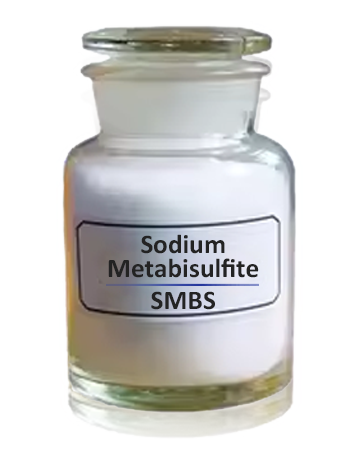Shopping cart
Newsletter
Sign Up to get updates & news about us . Get Latest Deals from Walker's Inbox to our mail address.
Phone Number:
+91 76027 13555Sign Up to get updates & news about us . Get Latest Deals from Walker's Inbox to our mail address.
Phone Number:
+91 76027 13555
Appearance: Sodium Metabisulfite typically appears as a white to off-white crystalline powder.
Solubility: It is highly soluble in water, forming a solution that releases sulfur dioxide (SO₂) upon dissolution.
pH: The aqueous solution is acidic, which aids in its role in neutralizing alkaline substances.
Dechlorination: Sodium Metabisulfite is commonly used to remove residual chlorine from treated water. This is especially important in systems where chlorine can be harmful to equipment, such as in reverse osmosis systems or other sensitive treatment processes.
Protection of Equipment: In water treatment plants, excess chlorine can cause damage to pipes, membranes, and other components. Using Sodium Metabisulfite helps prevent such damage by neutralizing chlorine before it can interact with these materials.
Preservation of Water Quality: By eliminating excess chlorine, SMBS helps maintain the desired chemical balance and quality of water. This ensures that the treated water is suitable for its intended use, whether for drinking, industrial processes, or other applications.
Industrial Processes: Sodium Metabisulfite is also used in various industrial processes, including pulp and paper production, textile bleaching, and as a reducing agent in chemical reactions. Its versatility makes it a valuable component in multiple sectors.
Efficient Chlorine Removal: SMBS is highly effective in neutralizing chlorine, ensuring that residual levels are reduced to safe and acceptable levels.
Equipment Protection: By preventing chlorine-induced corrosion and damage, SMBS helps extend the life of water treatment equipment and infrastructure.
Cost-Effective: Sodium Metabisulfite is an economical choice for managing chlorine levels, providing a cost-effective solution for water treatment and industrial processes.
Storage: Store Sodium Metabisulfite in a cool, dry place away from moisture and incompatible materials. It should be kept in a tightly closed container to prevent exposure to air and humidity.
Safety Precautions: Handle with care, using appropriate personal protective equipment (PPE) such as gloves and eye protection. Avoid inhalation of dust or vapors and ensure proper ventilation in areas where the chemical is used.